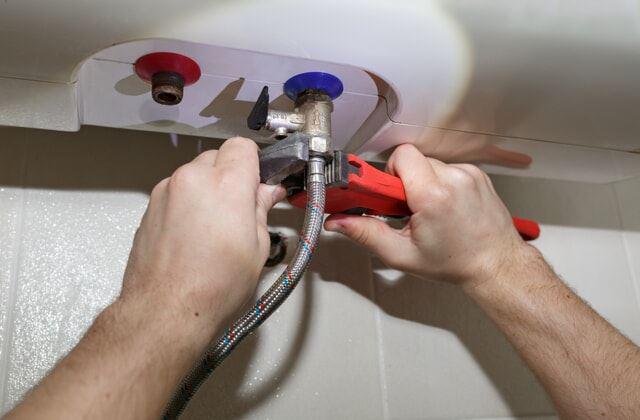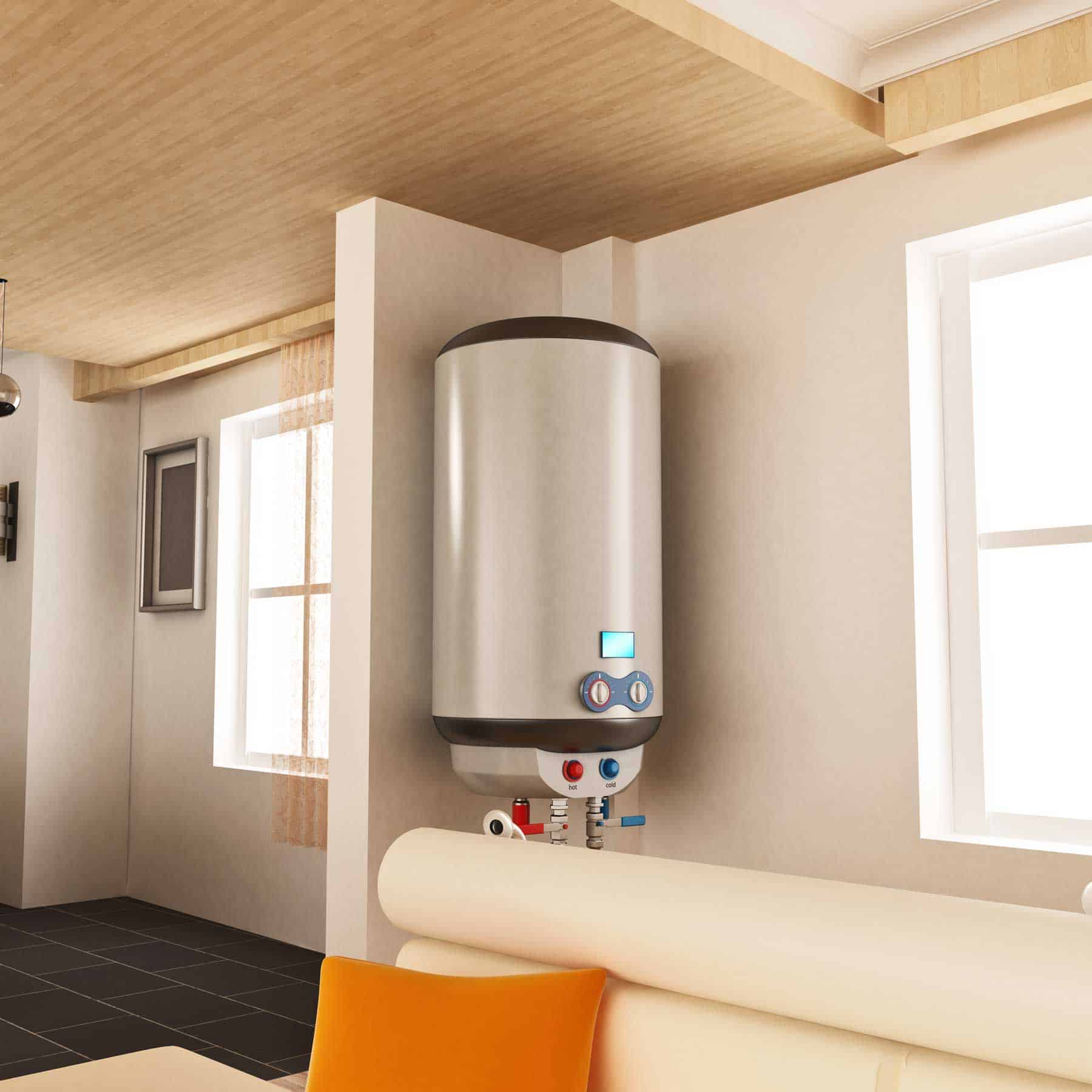Efficient Strategies for Maintaining Your Home's Hot Water System
Efficient Strategies for Maintaining Your Home's Hot Water System
Blog Article
Have you been in search of ideas concerning Tips on Maintaining a Water Heater?

Warm water is vital for day-to-day comfort, whether it's for a revitalizing shower or washing meals. To ensure your hot water system runs successfully and lasts longer, routine upkeep is key. This post gives useful pointers and insights on exactly how to keep your home's hot water system to prevent disturbances and costly repair work.
Intro
Maintaining your home's hot water system may appear challenging, however with a couple of straightforward steps, you can ensure it operates smoothly for many years ahead. This guide covers everything from comprehending your warm water system to do it yourself maintenance suggestions and understanding when to call professional help.
Significance of Preserving Your Warm Water System
Regular maintenance not only extends the life expectancy of your warm water system however additionally guarantees it operates efficiently. Overlooking maintenance can cause reduced performance, greater power bills, and even premature failure of the system.
Signs Your Hot Water System Needs Maintenance
Knowing when your hot water system needs interest can avoid major problems. Watch out for indications such as irregular water temperature, unusual noises from the heating unit, or rustic water.
Flushing the Water Heater
Flushing your water heater gets rid of sediment accumulation, enhancing effectiveness and extending its life.
Monitoring and Changing Anode Rods
Anode rods avoid corrosion inside the tank. Inspecting and replacing them when broken is critical.
Facility Problems Requiring Professional Aid
Instances consist of major leaks, electric troubles, or if your water heater is continually underperforming.
Regular Expert Maintenance Benefits
Professional upkeep can include detailed examinations, tune-ups, and making sure compliance with safety criteria.
Evaluating and Changing Temperature Setups
Adjusting the temperature level setups guarantees optimal efficiency and security.
DIY Tips for Upkeep
You can execute numerous maintenance jobs on your own to keep your warm water system in top problem.
Looking for Leakages
Frequently inspect pipelines and connections for leaks, as these can cause water damage and greater costs.
Comprehending Your Hot Water System
Prior to diving into upkeep tasks, it's handy to comprehend the standard components of your warm water system. Usually, this consists of the water heater itself, pipelines, anode rods, and temperature level controls.
Regular Monthly Maintenance Tasks
Routine monthly checks can assist catch small concerns before they rise.
Testing Pressure Alleviation Valves
Examining the pressure safety valve guarantees it works appropriately and protects against extreme stress buildup.
Protecting Pipelines
Protecting warm water pipes reduces warm loss and can conserve energy.
When to Call an Expert
While do it yourself maintenance is helpful, some issues need expert experience.
Conclusion
Routine upkeep of your home's hot water system is vital for performance, longevity, and price financial savings. By following these pointers and knowing when to look for professional help, you can guarantee a trustworthy supply of hot water without unforeseen disturbances.
Water Heater Maintenance: The Basics
Maintaining your water heater will ensure it operates efficiently and has a longer lifespan. Neglecting regular maintenance can lead to costly repairs and an even bigger chunk of your savings if you have to replace it sooner than necessary. But there’s good news: Most water heater maintenance tasks are relatively simple and easy for homeowners with basic DIY skills.
Flush the Water Heater
Over time, sediment and minerals can build up in the tank, reducing its efficiency and potentially causing damage. To flush the tank, turn off the power or gas supply, attach a hose to the drain valve near the bottom and open the valve to drain the water until it runs clear. Ideally, flush the tank annually.
Replace the Anode Rod
The anode rod is a sacrificial metal rod that helps prevent corrosion inside the tank. Inspect and replace it every three to five years or per the manufacturer's recommendation. To replace the anode rod, turn off the power or gas supply, drain a few gallons of water from the tank, unscrew the old rod and replace it with a new one. If the anode rod is significantly corroded or covered in calcium buildup, it's a sign the water heater may need to be replaced soon.
Tune-Up
A yearly tune-up can help identify potential issues and ensure your water heater operates at peak efficiency. This typically involves checking the thermostat, burner assembly (for gas heaters) and any other components specified by the manufacturer. During a tune-up, the technician may also clean the burner and adjust the pilot light (for gas heaters) or examine the heating elements (for electric heaters).
How to Maintain Your Water Heater
Insulate the tank. Insulating the tank can improve energy efficiency and reduce heat loss, saving you money on energy bills. You can purchase precut insulation blankets designed specifically for water heaters or use standard fiberglass insulation wrapped securely around the tank. Check the temperature. The recommended water temperature for most households is around 120 degrees Fahrenheit (49 degrees Celsius). Higher temperatures can increase energy costs and potentially cause scalding. Use a kitchen thermometer to check the temperature at the faucet nearest the water heater. Monitor water pressure. Excessive water pressure can strain the water heater and cause leaks or even tank failure. Install a pressure-reducing valve if necessary. The ideal water pressure range is between 60 and 70 PSI (pounds per square inch). Test the temperature and pressure (T&P) relief valve. The T&P relief valve is a safety feature that releases pressure if the tank gets too hot or the pressure builds up too high. Test it annually by lifting the lever and allowing a small amount of water to release. Replace the valve if it doesn't release water or reseal properly. Check for leaks. Regularly inspect the tank, pipes and fittings for leaks or corrosion. Deal with issues promptly to prevent further damage. Even a small leak can lead to significant water damage over time. Consider a tankless water heater. If your traditional tank-style water heater is nearing the end of its lifespan ( typically 10 years), consider replacing it with a tankless water heater. These units heat water on demand, reducing standby energy losses and potentially saving you money on your energy bills. Schedule professional maintenance. While homeowners can perform many water heater maintenance tasks, it's still a good idea to schedule professional maintenance every few years. A plumber or HVAC technician can thoroughly inspect the unit, identify potential issues and ensure it operates safely and efficiently. https://www.homeserve.com/en-us/blog/home-improvement/hot-water-heater-maintanence/

As a passionate person who reads about Water Heater Maintenance Tips You Can't Afford to Forget, I imagined sharing that topic was really useful. Sharing is good. You won't know, you will be helping someone out. We treasure your readership.
View Website Report this page